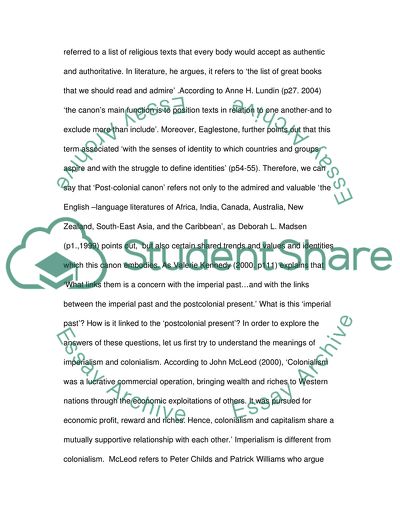Cite this document
(Re-writing the Post - Colonial Canon Case Study, n.d.)
Re-writing the Post - Colonial Canon Case Study. Retrieved from https://studentshare.org/social-science/1731915-re-writing-the-post-colonial-canon
Re-writing the Post - Colonial Canon Case Study. Retrieved from https://studentshare.org/social-science/1731915-re-writing-the-post-colonial-canon
(Re-Writing the Post - Colonial Canon Case Study)
Re-Writing the Post - Colonial Canon Case Study. https://studentshare.org/social-science/1731915-re-writing-the-post-colonial-canon.
Re-Writing the Post - Colonial Canon Case Study. https://studentshare.org/social-science/1731915-re-writing-the-post-colonial-canon.
“Re-Writing the Post - Colonial Canon Case Study”, n.d. https://studentshare.org/social-science/1731915-re-writing-the-post-colonial-canon.


